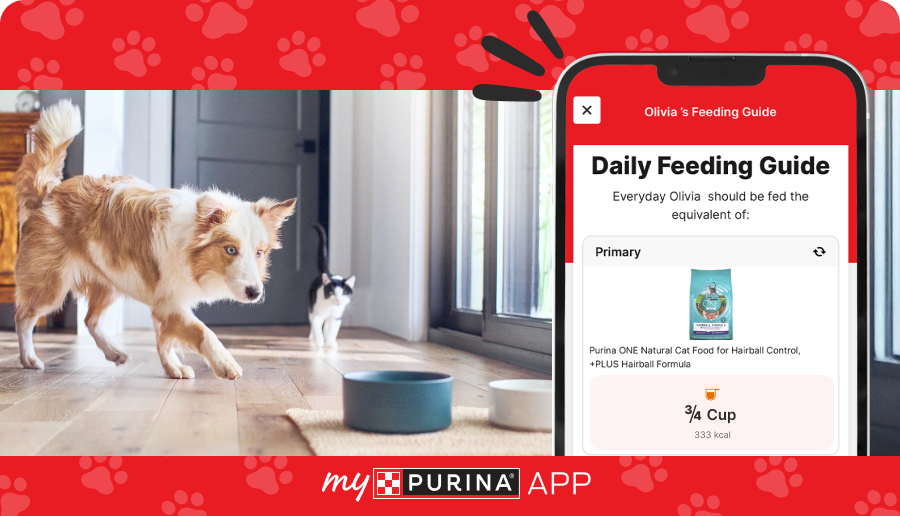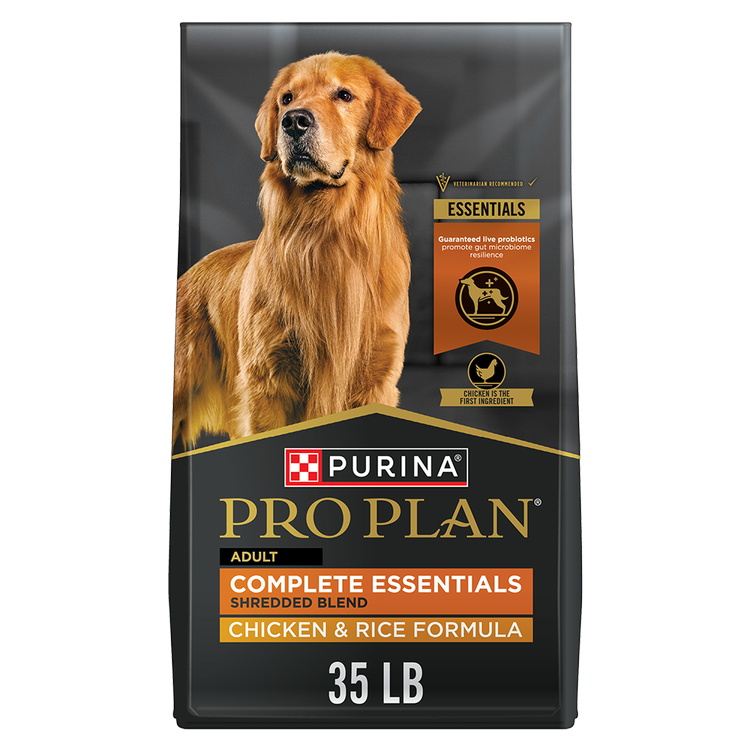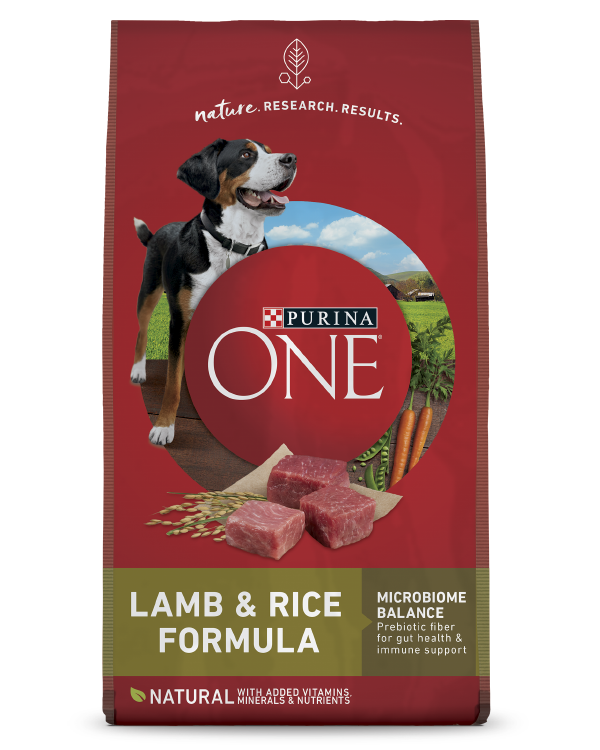Changing Dog Food: How to Switch Dog Food


At some point, you may need to change your dog’s food. Changes in age, activity levels, health and more can all call for a new food.
What’s the best way to switch dog food, though? Slowly. A gradual transition to a new food helps your dog get accustomed to it and helps avoid stomach upset.
Reasons for Changing Dog Foods
It’s okay to switch dog food. In fact, at some point, it may be necessary. Here are a few reasons you may need to switch up your dog’s food:
- Age: Around their first birthday (or later for larger breeds), puppies need to transition to an adult dog food. Around age seven, most dogs are considered senior and may benefit from switching to a senior formula.
- Weight: If your dog is not his ideal body condition, your veterinarian may recommend a weight management formula. Not all weight changes need to be addressed through a change in the food itself. It may just require feeding more or less of the current food. Your veterinarian can help you determine what’s best for your dog.
- Activity Levels: Dogs who participate in shows, sporting or agility events or who have demanding jobs may need a formula to support those activities. These types of dog foods often have higher levels of protein and calories. As dogs retire from these activities, they may need to switch to a lower-calorie food to avoid unnecessary weight gain.
- Health: Some foods have been formulated to help veterinarians nutritionally manage certain health conditions. For example, your veterinarian may prescribe a therapeutic formula to help support the unique nutritional needs of dogs with GI conditions.
How to Switch Dog Food
You may be anxious to make the switch to a new food, particularly if the new food will help address any issues your dog is having. A gradual transition is the best way to switch to a new food, though.
We recommend making the switch over a 7- to 10-day period. This gives your dog (and his stomach) a chance to adjust to the new food.
Here’s our 7- to 10-day plan for switching dog food:
- Days 1 to 2: Feed 3/4 of the normal amount of current food and add 1/4 of the new food.
- Days 3 to 4: Serve half the current food and half the new food.
- Days 5 to 7: Feed 3/4 of the new food and 1/4 the previous food.
- Days 8 to 10: Serve only the new food.
If your dog doesn’t seem to like the new food or if he experiences digestive upset, extend the transition over a few more days. You can also ask your veterinarian for advice.
Remember, you can use this transition process any time you need to change your dog’s food.
Visit our Pet Expertise page for more nutrition and feeding tips from our experts.

Form the Perfect Feeding Plan
Related articles

How Much Food Is Right for Your Pet?
Get a personalized feeding guide for your dog or cat from Purina’s nutrition experts.





